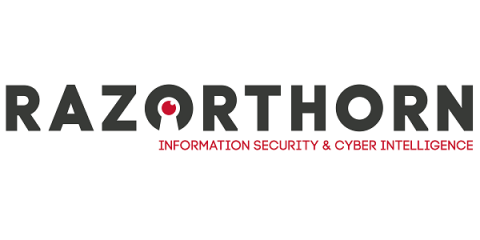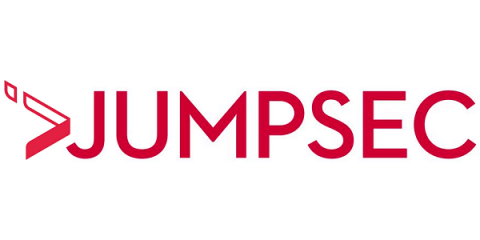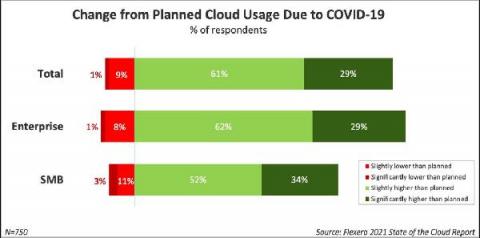Security | Threat Detection | Cyberattacks | DevSecOps | Compliance
Latest News
Medical device security in a pandemic world
The pandemic has put a lot of things on hold over the last year, but medical device security shouldn’t be one of them. The millions of medical devices that help keep people healthy—and in many cases keep them alive—have drawn mixed reviews from security experts since the internet happened. Even more so in the past year since the pandemic happened. There is just about unanimous agreement that the benefits of those devices outweigh the risks.
Top In-Demand Cybersecurity Skills in the Upcoming Years
Hey there, We recently ran a series of webinars* on how different-sized cybersecurity teams modernized their security operations and embedded polling questions within the webinars to gather some feedback. A set of possible answers was selected based on the ENISA NIS Investments report. In this blog post I’d like to share the results of the polls and the conclusions we can draw from them.
Splunk SOAR Playbooks: Conducting an Azure New User Census
In January and February of 2021, the threat actor called Hafnium used a number of post-exploitation tools after gaining access to Exchange servers through a zero-day exploit. One of their persistence methods was creating new user accounts in the domain, giving them the ability to log back into the network using normal authentication rather than use a web shell or continue to re-exploit the vulnerability (which has since been patched).
Scaling Software Supply Chains Securely
Software supply chains are mission-critical for digital businesses, and as global conditions accelerate the growth in contactless interactions and transactions, many organizations are reviewing how to solve the challenge of scaling the volume and velocity of their software development and release processes to meet the digital demand. The latest JFrog Platform release delivers a rich payload of new capabilities to scale and secure the software supply chain for digital businesses.
The Art of Digital War
There are few books in history that are still considered to be as valuable today as when they were written and “The Art of War” is one of them. Written in 5th Century BC, it is still considered today to be essential reading in many fields, including business. It has been quoted in a ton of movies, books and media more times than you can probably count.
Why Attackers Don't Care About Your List Of Vulnerabilities
At the time it was first introduced, a penetration test accurately represented how an attacker was likely to target a network. Today, that is no longer the case. As digital networks and business processes have evolved, so too have their security needs.
Sysdig Adds Unified Threat Detection Across Containers and Cloud to Combat Lateral Movement Attacks
Azure security 101: Security essentials, logs, authentication, and more
“Where necessity speaks, it demands”. This old saying seems particularly apt right now with the pandemic forcing organizations to completely change the way they think about their IT networks. That rapid shift to remote work has resulted in a massive demand for cloud-based services.
What educational institutions need to do to protect themselves from cyber threats
Educational institutions are reaping the many benefits and new possibilities offered by online learning, but these new methods of educational instruction come with serious cyber security concerns. These institutions are also a prime focus for hackers because they often host a lot of sensitive data about teachers and students. Furthermore, schools and universities are an easy target because not every teacher or professor is technologically savvy.











